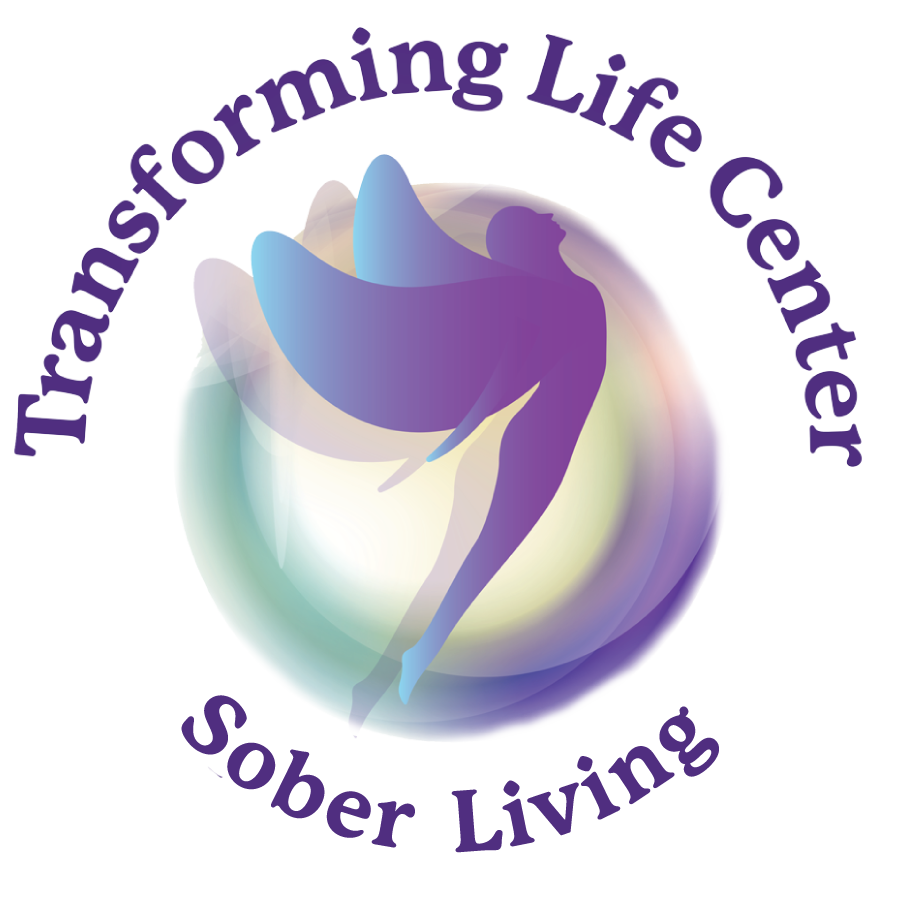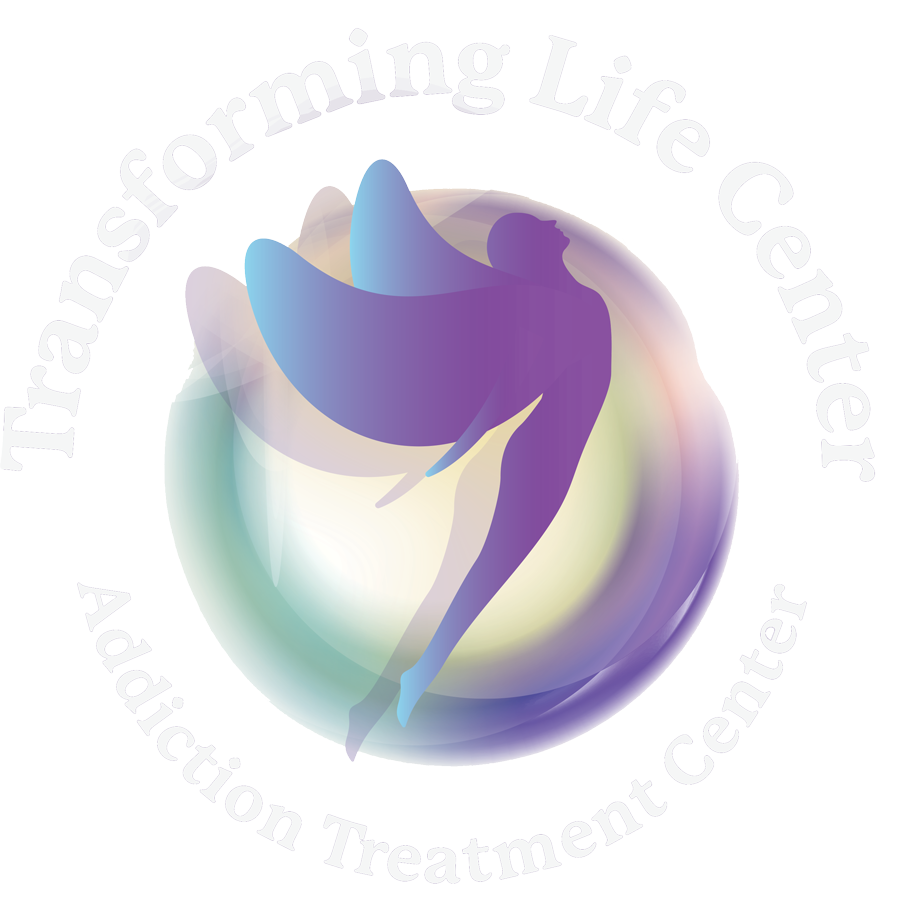Narconon and the Narconon logo are trademarks and service marks owned by the Association for Better Living and Education International and are used with its permission. What Causes Drug Addiction and Alcoholism? What Is A Drug? In medical terms, a drug is any substance that when taken into a living organism may modify one or more of its functions. Drugs can provide temporary relief from unhealthy symptoms and/or permanently supply the body with necessary substances the body can no longer make. Some drugs produce unwanted side effects. Some drugs lead to an unhealthy dependency that has both physiological and behavioural roots. How Do Drugs Affect The Mind? The mind is our most important tool. With our mind, we solve the problems we face in life. Drugs do several things that harm one’s ability to think or to be fully aware of the present surroundings. These effects continue long after the effects of the drug appear to have worn off. Addictive drugs activate the brains reward systems. The promise of reward is very intense, causing the individual to crave the drug and to focus his/her activities on getting and taking the drug. The ability of addictive drugs to strongly activate brain reward mechanisms and their ability to chemically alter the normal functioning of these systems can produce an addiction. Drugs also reduce a person’s level of consciousness, impairing the ability to think or be fully aware of present surroundings. The drug taker is not moving in the same series of events as others. This can be slight, wherein the person is seen to make occasional mistakes, or it can be as serious as total insanity – where the events apparent to him are completely different from those apparent to anyone else. And it can be all grades in between. It isn’t that the drug user doesn’t know what’s going on. It is that he perceives something else going on instead of the actual series of events that are happening around him. Drug Addiction follows A Cycle Like This: The life cycle of addiction begins with a problem, discomfort or some form of emotional or physical pain a person is experiencing. They find this very difficult to deal with. We start off with an individual who, like most people in our society, is basically good. This person encounters a problem or discomfort that they do not know how to resolve or cannot confront. This could include problems such as difficulty The Cycle of Addiction Free Phone: 0800 169 4803 Web: www.drugrehab.co.uk Page 2 of 6 © Copyright 2011 Narconon London. Narconon and the Narconon logo are trademarks and service marks owned by the Association for Better Living and Education International and are used with its permission. “fitting in” as a child or teenager, anxiety due to peer pressure or work expectations, identity problems or divorce as an adult. It can also include physical discomfort, such as injury or chronic pain. The person experiencing the discomfort has a real problem. He feels his present situation is unendurable, yet sees no good solution to the problem. Everyone has experienced this in their life to a greater or lesser degree. The difference between an addict and the non-addict is that the addict chooses drugs or alcohol as a solution to the unwanted problem or discomfort. Drugs and Problems This person tries drugs or alcohol. The drugs APPEAR to solve the problem. He feels better. Because he now SEEMS better able to deal with life, the drugs become valuable to him. The person looks on drugs or alcohol as a cure for unwanted feelings. The painkilling effects of drugs or alcohol become a solution to his discomfort. Inadvertently the drug or alcohol now becomes valuable because it helped him feel better. This release is the main reason a person uses drugs or drinks a second or third time. It is just a matter of time before he becomes fully addicted and loses the ability to control his drug use. Drug addiction, then, results from excessive or continued use of habit-forming drugs in an attempt to resolve the underlying symptoms of discomfort or unhappiness. The Addiction Progresses… Analogous to an adolescent child in his first love affair, the use of drugs or alcohol becomes obsessive. The addicted person is trapped. Whatever problem he was initially trying to solve by using drugs or alcohol fades from memory. At this point, all he can think about is getting and using drugs. He loses the ability to control his usage and ignores the horrible consequences of his actions. How Drugs Affect Behaviour The addict will now attempt to withhold the fact of his drug use from friends and family members. He will begin to suffer the effects of his own dishonesty and guilt. He may become withdrawn and difficult to reason with. He may behave strangely. The more he uses drugs and alcohol, the guiltier he will feel, and the more depressed he will become. He will sacrifice his personal integrity, his The Cycle of Addiction Free Phone: 0800 169 4803 Web: www.drugrehab.co.uk Page 3 of 6 © Copyright 2011 Narconon London. Narconon and the Narconon logo are trademarks and service marks owned by the Association for Better Living and Education International and are used with its permission. relationships with friends and family, his job, his savings, and anything else he may have in an attempt to get more drugs. The drugs are now the most important things in his life. His relationships and job performance will go dramatically downhill. Alcohol and Drug Tolerance In addition to the mental stress created by his unethical behaviour, the addict’s body has also adapted to the presence of the drugs. He will experience an overwhelming obsession with getting and using his drugs, and will do anything to avoid the pain of withdrawing from them. This is when the newly-created addict begins to experience drug cravings. He now seeks drugs both for the reward of the “pleasure” they give him, and also to avoid the mental and physical horrors of withdrawal. Ironically, the addict’s ability to get “high” from the alcohol or drug gradually decreases as his body adapts to the presence of foreign chemicals. He must take more and more, not just to get an effect but often just to function at all. At this point, the addict is stuck in a vicious descending spiral. The drugs he abuses have changed him both physically and mentally. He has crossed an invisible and intangible line. He is now a drug addict or alcoholic. Drugs and Personality Change There is such a thing as a “drug personality”. It is artificial and is created by drugs. Drugs can change the behaviour of a person from his original personality to one secretly harbouring hostilities and hatreds he does not permit to show on the surface. This establishes a link between drugs and increasing difficulties with crime, production and the modern breakdown of social and industrial culture. The drug personality includes such characteristics as: · Mood swings · Unreliable. Unable to finish projects. · Unexpressed resentment and secret hatreds. · Dishonesty. Lies to family, friends, employers. · Withdraws from those who love him. Isolates self. · May appear chronically depressed. · May begin stealing from family and friends. The Cycle of Addiction Free Phone: 0800 169 4803 Web: www.drugrehab.co.uk Page 4 of 6 © Copyright 2011 Narconon London. Narconon and the Narconon logo are trademarks and service marks owned by the Association for Better Living and Education International and are used with its permission. Biochemical Aspects of Addiction Drugs are broken down in the liver into residues (chemical compounds which are closely related to the original substance). Most of these residues are eliminated rapidly from the bloodstream, but some can become trapped in the fatty tissues of the body. Although there are various types of tissues that are high in fat content, the one thing in common – and the problem that needs to be addressed – is that these drug residues remain for years. Tissues in our bodies that are high in fats are turned over very slowly. When they are turned over, the stored drug residues are released into the bloodstream and reactivate the same brain centres just as if the person actually took the drug. The former addict now experiences a drug re-stimulation (or “flashback”) and drug cravings. This is common in the months after an addict quits and can continue to occur for years, even decades. The Cycle of Quitting, Withdrawal, Craving and Relapse When the addict initially tries to quit, cells in the brain that have become used to large amounts of these residues are now forced to deal with much decreased amounts. Even as the withdrawal symptoms subside, the brain “demands” that the addict give it more of the drug. This is called drug craving. Craving is an extremely powerful urge and can cause a person to create all kinds of “reasons” they should begin using drugs or drinking again. He is now trapped in an endless cycle of trying to quit, craving, relapse and fear of withdrawal. Eventually, the brain cells will again become used to having lowered drug residues. But, because deposits of drug or alcohol residues release back into the bloodstream from fatty tissues for years, cravings and relapse remain a cause of concern. The presence of residues, even in microscopic amounts, can make the brain react as if the addict had actually taken the drug again and can set up cravings and cause relapse even after years of sobriety. Addicts Cannot Stop Using Drugs For Two Reasons. 1. Mental and physical cravings caused by drug residues which remain in the body. 2. The Biochemical Personality caused by drugs and the lifestyle the person adopts to get them. Left unhandled, these manifestations will haunt a person for years even if they have sobered up. Left untreated, these unresolved symptoms, whether physical or mental in origin, create an underlying low-level type of stress which cannot be completely ignored by the addict. The addict can “just say no” a thousand times, but it takes him saying “yes” one time to start the cycle of addiction again. What Causes Drug Addiction and Alcoholism? The Cycle of Addiction Free Phone: 0800 169 4803 Web: www.drugrehab.co.uk Page 5 of 6 © Copyright 2011 Narconon London. Narconon and the Narconon logo are trademarks and service marks owned by the Association for Better Living and Education International and are used with its permission. How Does Addiction Start? No one wants to be a drug addict or alcoholic, but this doesn’t stop people from getting addicted. The most commonly asked question is simply – how? How could my son, daughter, father, sister, or brother become a liar, a thief, someone who cannot be trusted? How could this happen? And why won’t they stop? The first thing you must understand about addiction is that alcohol and addictive drugs are basically painkillers. They chemically kill physical or emotional pain and alter the mind’s perception of reality. They make people numb. For drugs to be attractive to a person there must first be some underlying unhappiness, sense of hopelessness, or physical pain. What Is Addiction? Whether a person is genetically or bio-chemically predisposed to addiction or alcoholism is a controversy that has been debated for years within the scientific community. One school of thought advocates the “disease concept”, embracing the notion that addiction is an inherited disease, and that the individual is permanently ill at a genetic level, even for those experiencing long periods of sobriety. Another philosophy argues that addiction is a dual problem consisting of a physical and mental dependency on chemicals, compounded by a pre-existing mental disorder that physicians categorise into diagnoses such as clinical depression, bipolar disorder, etc. It is true that addictive drugs stimulate the brain’s pleasure centres causing either a reduction of pain or a heightening of mood. A third philosophy subscribes to the idea that chemical dependency stems from chemical imbalances in the neurological system. The truth in this theory is that repeated use of addictive drugs results in a physical dependency or tolerance where increased amounts of the drug must be taken to achieve the same results. Tolerance occurs when the person no longer responds to the drug in the way that he/she initially responded. So for example, in the case of heroin or morphine, tolerance develops rapidly to analgesic (painkilling) effects of the drug. While the development of tolerance is not addiction, many drugs that produce tolerance also have addictive potential. The fact remains that there is scientific research to support all of these concepts. The question of whether addiction is genetic, behavioural or biochemical does not have an absolute answer. The one distinguishing feature that is present in every theory or philosophy of the causes of, and cures for, addiction is the ability The Cycle of Addiction Free Phone: 0800 169 4803 Web: www.drugrehab.co.uk Page 6 of 6 © Copyright 2011 Narconon London. Narconon and the Narconon logo are trademarks and service marks owned by the Association for Better Living and Education International and are used with its permission. of the drug to dominate the individuals behaviour, regardless of whether physical dependence is also produced by the drug or not. There is a wide variety of treatment methods being used today, their administration being based on whatever school of thought the treatment provider believes in. With a 16 % to 20 % recovery rate based on statistical analyses of national averages, the message is clear that we have a lot more to learn if we are to bring the national recovery rate to a more desirable level. There is a fourth school of thought that has proven to be more accurate. It has to do with the life cycle of addiction. This data is universally applicable to addiction no matter which hypothesis is used to explain the phenomenon of drug dependency. Ending Drug Addiction the Narconon Way The fundamental principle of the Narconon Rehabilitation Programme is that it is an entirely drug-free programme. Narconon does not use substitute drugs or medications to attempt to solve the individual’s problems caused by drugs or alcohol abuse. Instead, Narconon’s approach is to assist the individual to regain control of his own life. The individual is not treated as a patient receiving care, but rather as a student learning key life skills with which to succeed in life. A Narconon student does not commence the Programme to recover from an illness, but enrols to learn something that he does not already know. Good nutrition is an important component of the delivery of the Programme. The Narconon Programme Handles the Biochemical Personality William Benitez, founder of the Narconon programme, recognised that drug addiction was a type of disability. He developed a comprehensive programme designed to overcome the disability of addiction by restoring the natural abilities of the addicted person. A combination of physical detoxification, unique forms of cognitive and objective therapies, and life skills training, the programme is delivered in phases where our “students” complete a series of distinct courses designed to complement and expand on each other. Narconon, unlike other programmes, deals with all aspects of addiction. We restore the addict, both mentally and physically. A graduate of the programme has recovered and will continue to stay well if he uses the tools he has learned and practiced while on the programme. The premise of the Narconon model is that the former addict can achieve a new life
The Cycle of Addiction Free
Phone: 0800 169 4803
Web: www.drugrehab.co.uk Page 1 of 6 © Copyright 2011 Narconon London



